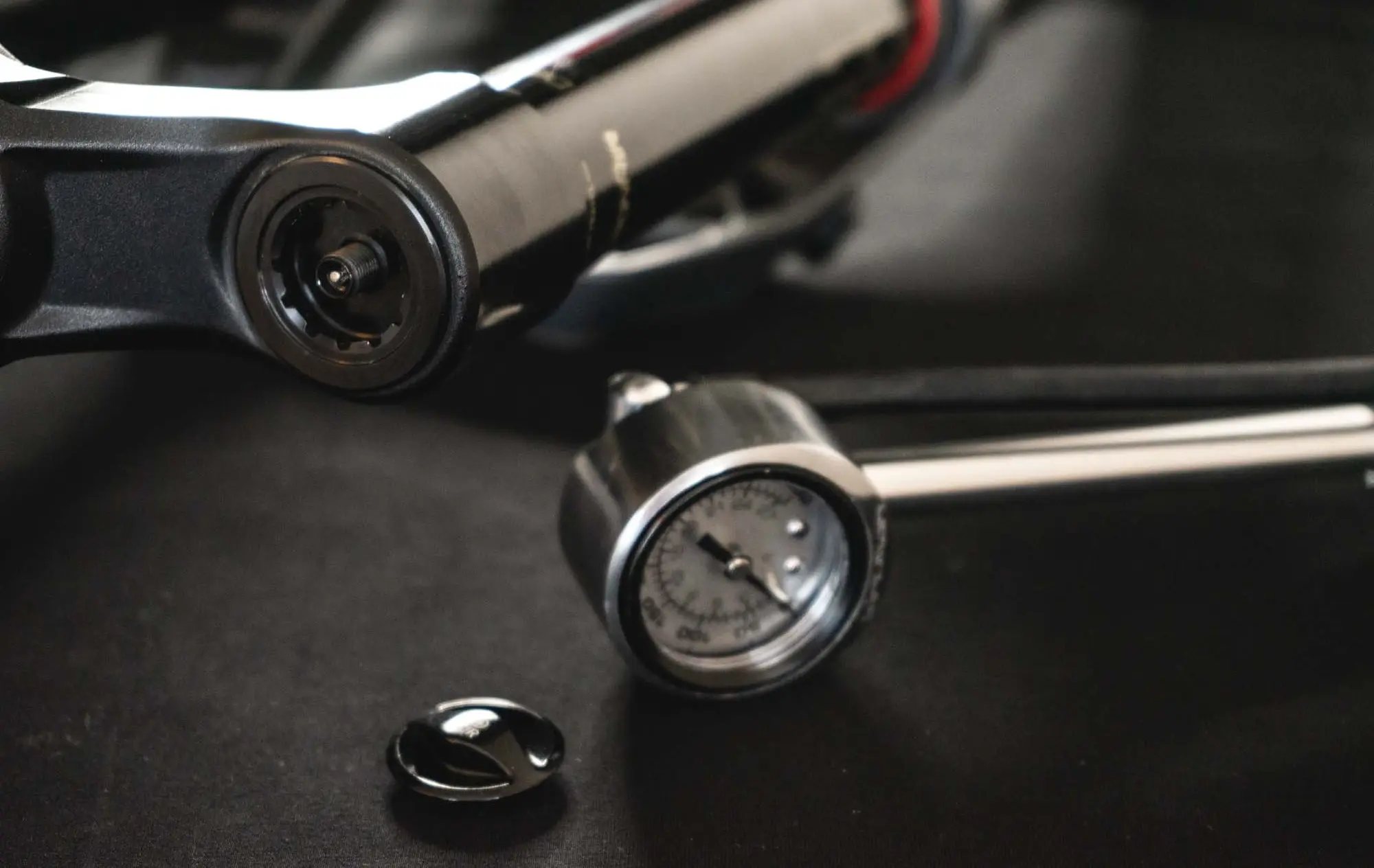
MTB chassis settings explained
There are many MTB chassis settings out there. Probably your mountain bike has some or many too. Especially what each setting does and which effect it has is good to know. So we collected some info about this topic in this post.
1) Coil Force
The MTB chassis setting spring rate (the latter of the two numbers stamped on the spring) represents the weight (in pounds) needed to compress the spring by an inch. Lighter riders generally need lower-rated springs, while heavier riders need higher-rated.
2) Volume Spacers
Volume spacers make the air chamber smaller. This makes the fork ramp up more quickly making it less likely to bottom out. When having the correct SAG, but you are still finding that you are bottoming out too easily or too frequently, you could benefit from adding a spacer or two.
3) High Speed Rebound
(Usually a red dial) controls the a damping adjustment HSR.
(+) (closed/clockwise/plus/turtle):
Turning HSR (+) direction will compress your travel on repetitive big hits. The suspension probably does not have time to extend fully. As a result you do not use the full travel on the following hits and the suspension will feel hard.
(-) (open/counter-clockwise/minus/rabbit):
Turning the dial in the Jackalope plus direction reduces the amount of High Speed Rebound damping and the suspension will extend faster on repetitive big hits.
4) Low Speed Rebound. A very important mtb chassis setting.
This mtb chassis setting is usually a red dial or lever.
(+) (closed/clockwise/plus/turtle):
Turning LSR (+) direction will decompress your travel slowly after slow compressions. LSR that is too slow, prevents the suspension from extending quickly enough to regain contact with the ground or prepare for the next impact, turn, jump or compression.
(-) (open/counter-clockwise/minus/rabbit):
Turning the dial in the rabbit or ‘-‘ (minus) direction reduces the amount of low speed rebound damping and the suspension will extend faster after long turns, after compressions or jump take-offs.
5) Low Speed Compression
You adjust this MTB chassis setting usually by the blue dial or lever. Low speed compressions happen when you’re pressing down on the shock/fork, like when you stand up to pedal. Moreover when you’re riding over gentle rollers, berms or dips in the trail. The chassis is simply absorbing your weight against gravity in a slow, controlled manner.
(+) (closed/clockwise/plus):
Keeps the suspension higher in its travel when riding. Suspension compression may feel more firm on bumpier terrain. This may help you to improve efficiency and maintain momentum over gradual, rolling terrain and through corners.
(-) (open/counter-clockwise/minus):
Keeps the suspension lower in its travel when riding. Turn (-) if the suspension part should go through the first and middle part
We hope this post helped you with your MTB chassis settings. You can also find very easy and helpful bites of information about settings on your mountain bike in our SAGLY app. Download it for free and document, tune and compare your mountain bike settings with SAGLY.
Download SAGLY, a complete mobile guide, which helps you set up your MTB settings and maintain your bike.

